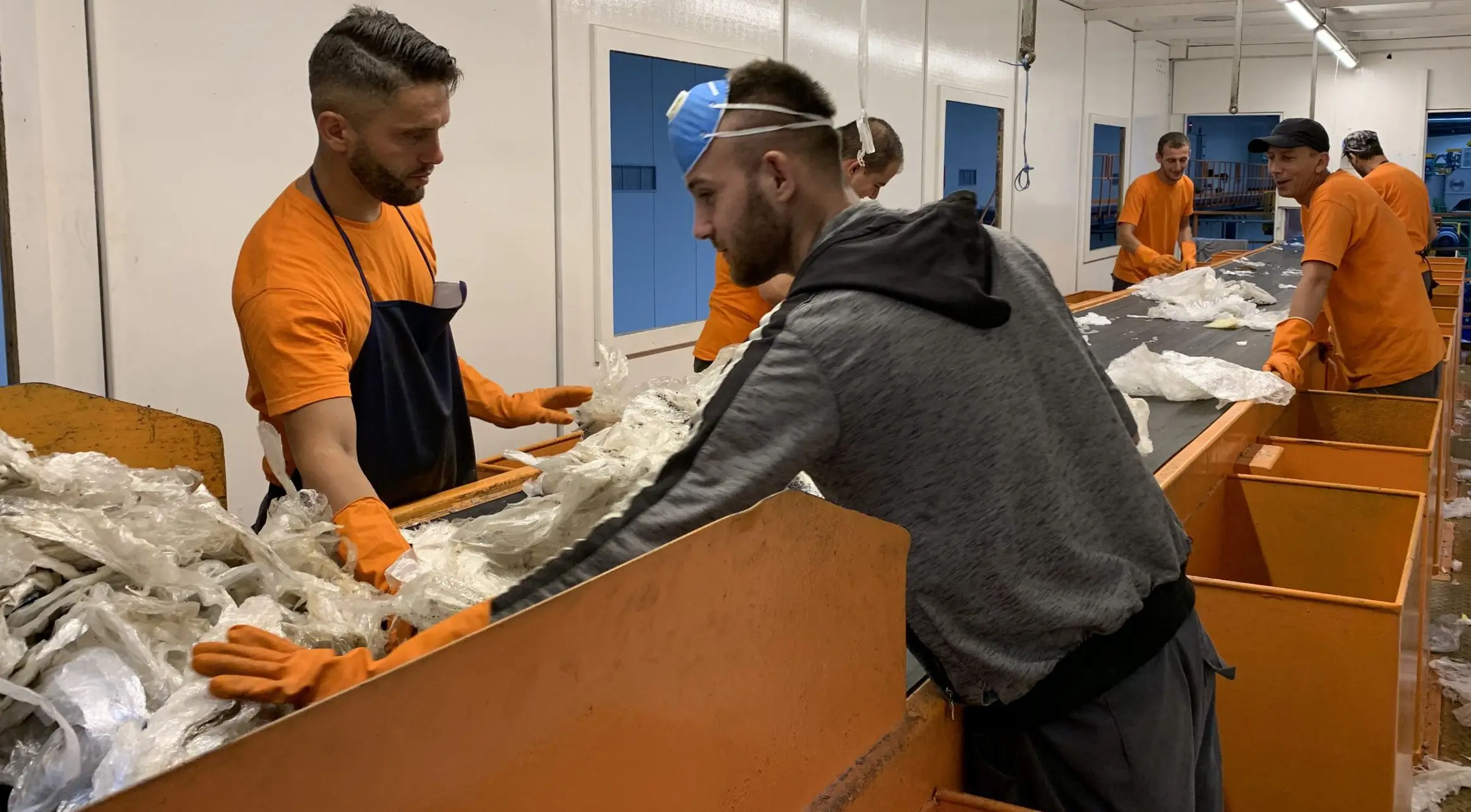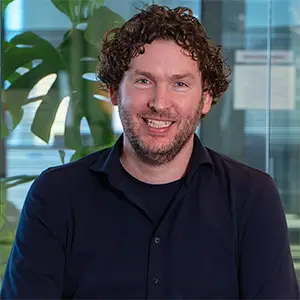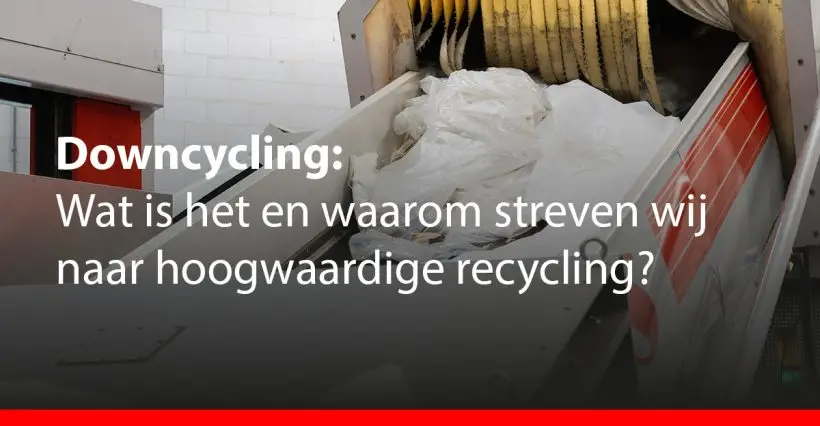What is PCR? PCR is an abbreviation for post-consumer recycled. PCR products are made from recycled plastic from discarded material from household, commercial, industrial and institutional facilities. As post-consumer waste is the largest waste stream worldwide, ways to reduce the size of this stream are constantly being sought.
To make PCR plastic, waste is converted into raw material. This makes it a very eco-friendly solution. In the following article, we answer frequently asked questions about this material.
How is PCR plastic made?
The question "what is PCR?" has now been answered, but how is PCR plastic made? The production of PCR plastic starts with the collection of post-consumer waste. Through specialised sorting (by hand or otherwise), thorough cleaning and reheating and grinding, the PCR pellet (granulate) is created. This granulate is then used to make new products.
How is it different from other recycling streams?
Another recycling stream is PIR: Post Industrial Recycle or Regrind. This involves the use of post-industrial waste. This is waste generated during the manufacturing process of products. This could be material that ended up on the factory floor or material with a manufacturing defect. Many companies recycle their own stream post-industrial waste already, making this material unavailable on the free market.
Post-consumer waste instead arises at the end user. Examples include paper waste, green waste and plastic packaging that consumers throw in the bin. This is not yet widely recycled because the loop is larger, increasing uncertainty in terms of purity and uniformity of the material. As it is the largest waste stream, this is precisely where the most environmental gains can be made.
Read more about the difference between PIR and PCR.
What is the advantage of PCR plastic over virgin plastic?
Reusing plastic that has already been made is not only a cost-effective process, but also a waste-reducing one. In addition, processing the used plastic requires less water consumption, less fossil fuels and less energy. There are also indirect benefits to using PCR. Below is a list of all the benefits:
- Less use of fossil resources
- Reduction of CO2 emissions up to 85%
- Less water consumption
- Less energy consumption
- Waste reduction
- Can be recycled after use
- It shows consumers that brand owners care about the environmental impact of their product packaging
- Using PCR plastic helps create a circular economy.
What are the disadvantages of PCR?
Of course, the material also has drawbacks. For example, PCR plastic is not (yet) allowed to be used in the food industry because of strict regulations around food safety. Because the run of the material is large, there is growing uncertainty regarding purity and uniformity of the material. As a result, it can also be unclear, for instance, whether the material contains harmful substances.
It is also not yet possible to get UN approval. This is because the practice is still ahead of the legislation. To get UN approval, raw material suppliers must be able to give a certain guarantee, which is then enshrined in legislation. Applications for this have already been made in Brussels by major parties such as Suez. See question 4.a for more information on UN approval.
Furthermore, some colours of PCR plastic are difficult to make because the material is not completely transparent. Light, transparent and pastel colours are particularly difficult. Colours from the middle range onwards are always possible. If the waste is separated very well manually, even transparent and light colours are possible.

What is a UN approval?
If a package has UN approval, it means that it has been tested and certified under the supervision of national authorities. UN approval consists of a number of tests, including air pressure, drop and stacking tests. The approval is based on a specific packaging composition, which includes the closure, type of tape and absorption material used. Approved packaging is given a UN mark indicating the packaging type, packaging group, maximum weight or air pressure, liquid or solid mark, production year and registration number. The UN mark must always be clearly visible and permanently visible on the packaging in a certain size.
What PCR plastic products do we offer?
Both are made from recycled LDPE/HDPE, only with PCR it is a given that it comes from post-consumer waste. Unlike rLDPE/rHDPE, where it can also be made from post-industrial waste, for example. Post-industrial waste is already recycled by many companies. With post-consumer waste, this is by no means always the case.
We already produce clear shrink films Using 50% PCR with a thickness of 35my, potting soil films with even 80% PCR from REKS and transparent and translucent collection bags Of as much as 99% PCR.
These are just examples of the possibilities with our PCR material. For each situation and application, we can look at the opportunities in terms of applicability in consultation with the customer.
Where does our PCR come from?
Waste streams processed into new material come from all over Europe. Current capacity is 18,000 tonnes per year. Whereas previously these waste streams were shipped in huge quantities from Europe to Asia, or processed into lower quality (less homogeneous) regranulate within Europe, our REKS recycling plant with this capacity is now responding to increased export concerns and the rising need for high-quality plastic packaging with recycled content.
The plant meets all high European requirements for e.g. water management, energy management, health and safety requirements, REACH and processing of residual waste. This assures you of high quality film produced safely and responsibly with certified PCR material.
Curious about the possibilities for deploying PCR in your film?
Then contact one of our experienced employees using the contact form below. You will then receive a response as soon as possible.



